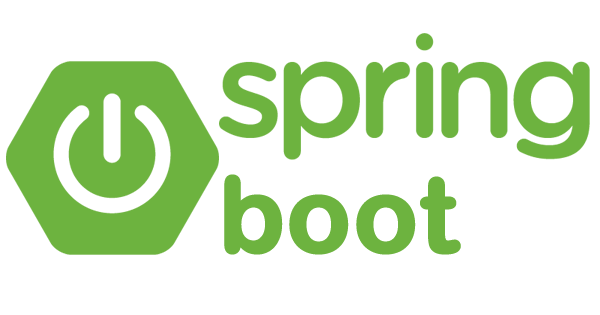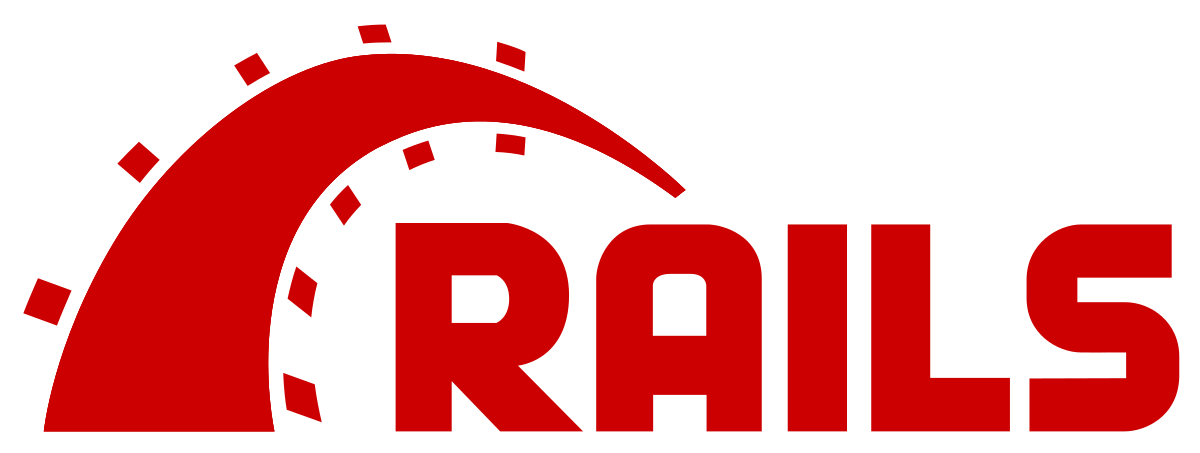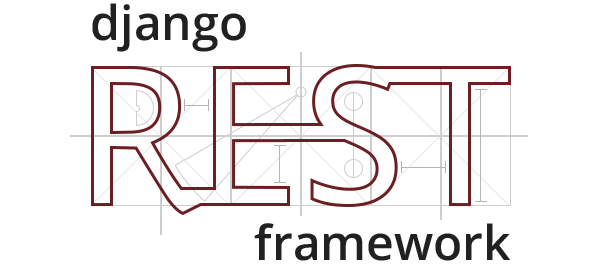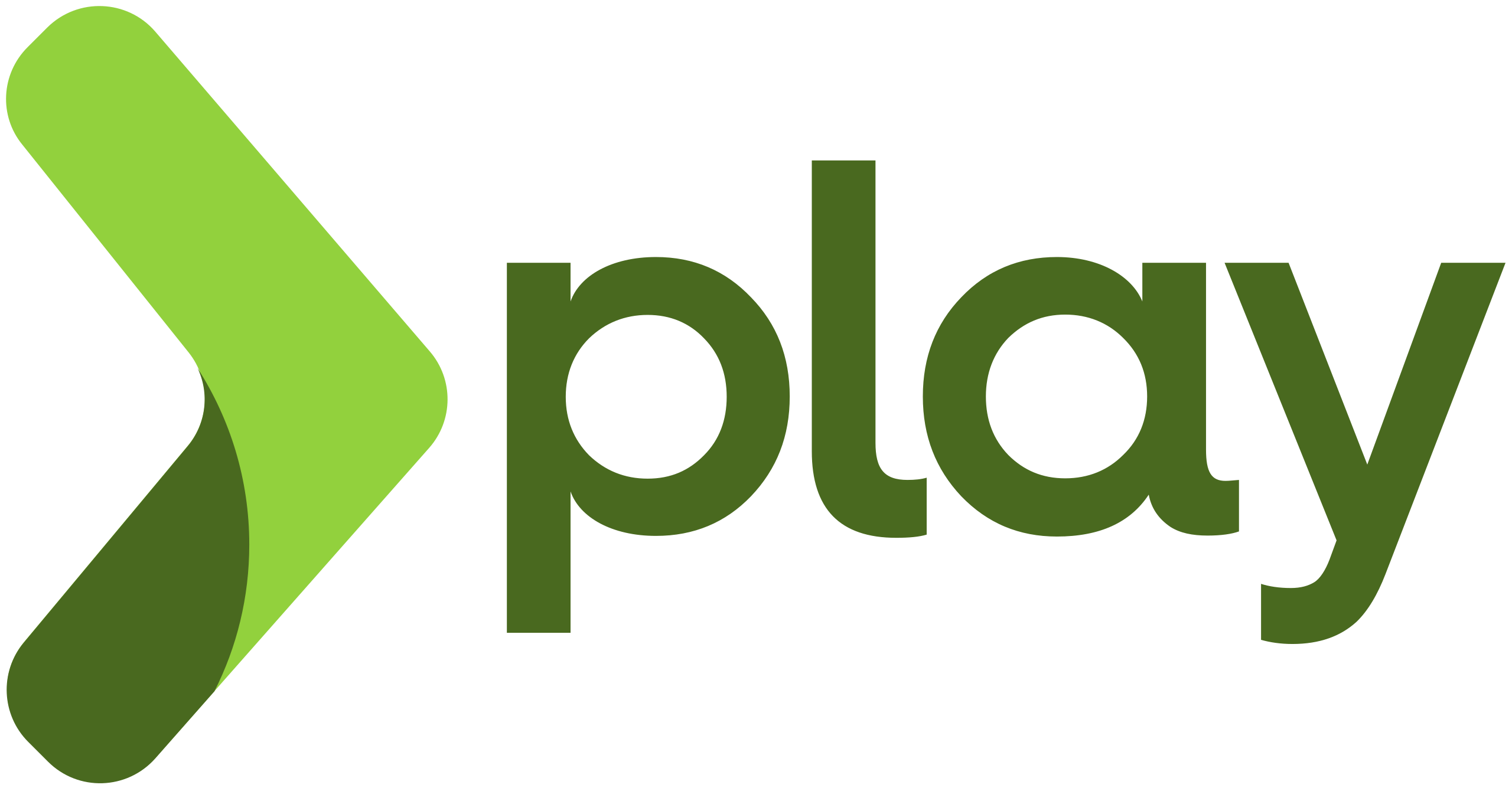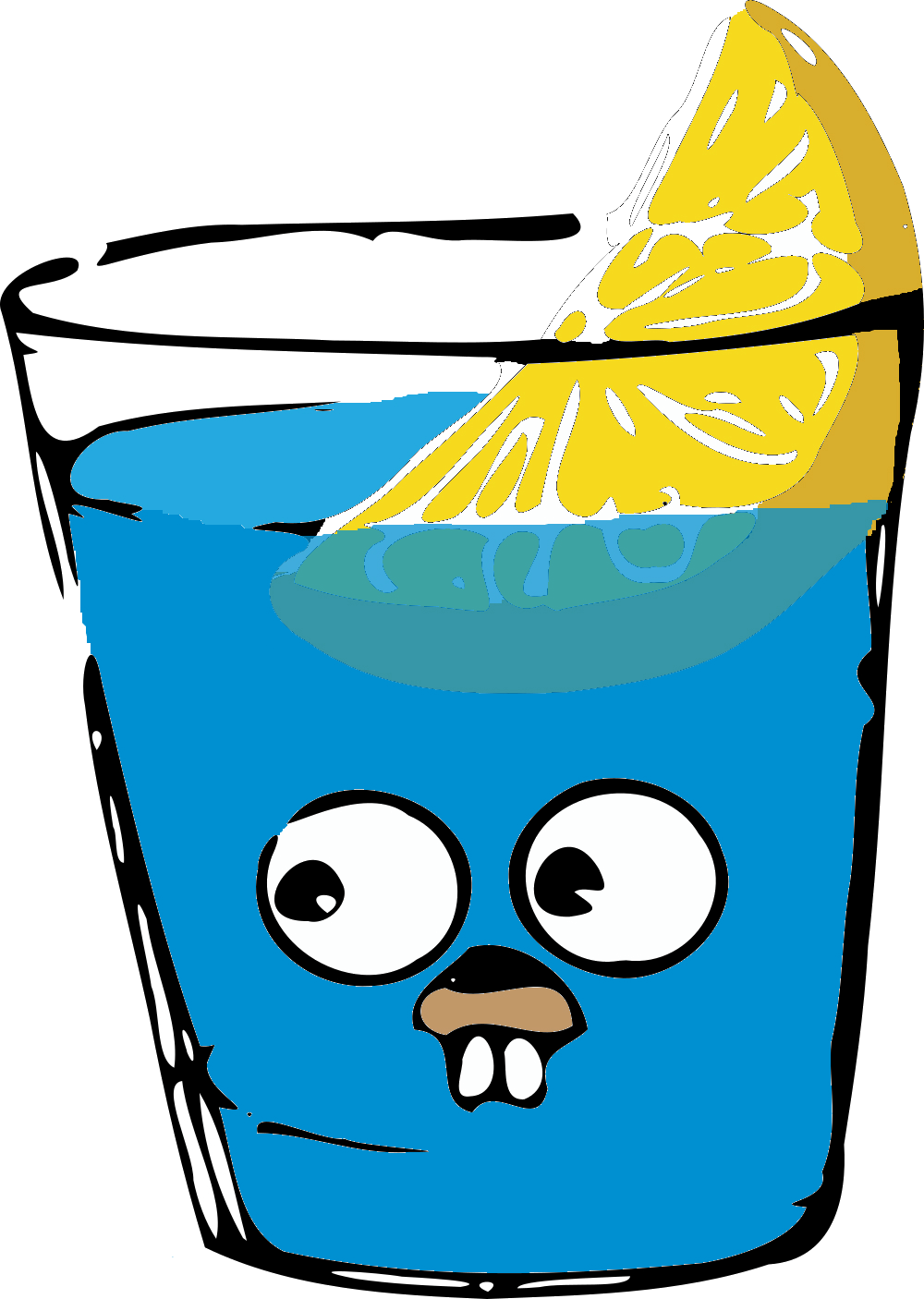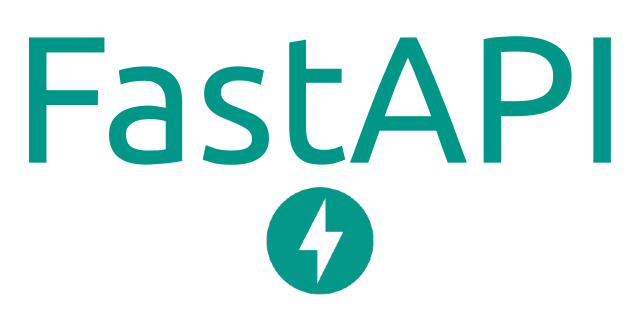10 Most Popular Frameworks For Building RESTful APIs
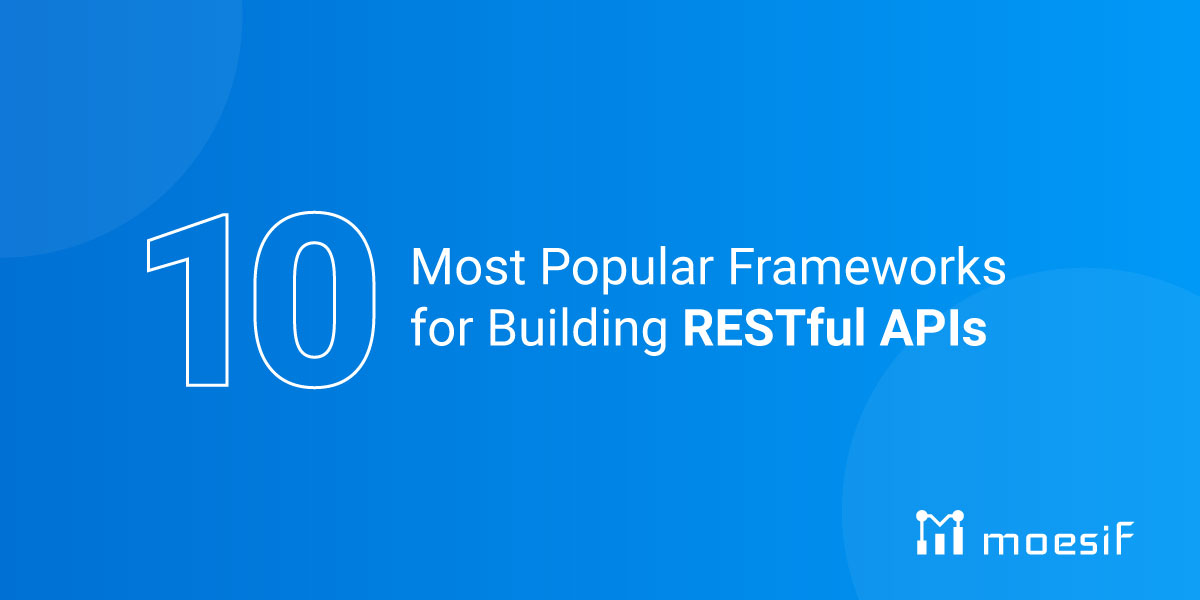
As with many engineering problems, there are many ways to build RESTful APIs. Most of the time, when building RESTful APIs, engineers prefer to use frameworks. API frameworks provide an excellent platform for building APIs with most of the components necessary straight out of the box. In this post, we will explore the 10 most popular REST API frameworks for building web APIs. These frameworks span multiple languages and varying levels of complexity and customization. First, let’s dig into some key factors in deciding which framework to begin building with.

How to Pick an API Framework
The first factor in choosing an API framework is usually deciding which language you want to work in. For many projects, depending on the organization you work with or your experience, choices may be limited. The usual recommendation is to go with a language you are already familiar with since learning a new language and a new framework can lead to less-than-optimal implementations. If you’re already familiar with the language, your main focus can be on understanding the framework and building efficiently.
Once the language is decided, you may have multiple choices of frameworks that support your language of choice. At this point, you will need to decide based on what types of functionality you require from your APIs. Some frameworks will have plugins and dependencies that allow for easy integration with other platforms, some may support your use case more precisely, and others may be limited in functionality that you require, automatically disqualifying them. Making sure that your use case and functionalities are supported by the framework is key.
Last but not least, you should also consider the learning curve and educational materials and docs available. As a developer, the availability of good documentation and examples are massive factors in how quickly you and your team can scale up your APIs. Before deciding on a framework, browse the documentation, and do a quick search to ensure that you can find examples that can guide you and inform you on how much effort is needed to build APIs in the framework of your choosing.
Now that we have a few factors to consider, let’s take a look at some popular framework options.
Spring Boot
Spring Boot is an open-source framework that helps developers build web and mobile apps. Developed by Pivotal Software, Spring Boot is a framework that’s intended to make the original Spring framework more user-friendly. You can easily start using Spring Boot out of the box, without spending time configuring any of its libraries.
Programming Language: Java
Pros:
- Quick to load due to enhanced memory allocation
- Can be easily configured with XML configurations and annotations
- Easy to run since it includes a built-in server
Cons:
- Not backward compatible with previous Spring projects and no tools to assist with migration
- Binary size can be bloated from default dependencies
To learn more about Spring Boot framework, you can check out the docs Here
Ruby on Rails
Ruby on Rails was originally developed as MVC framework, which gives it the name “the startup technology” among developers. The main purpose of the framework is to deliver apps with high performance. The high-performance standards of Ruby on Rails excited developers using Python and PHP and many of its concepts are replicated in popular Python and PHP frameworks.
Programming Language: Ruby
Pros:
- Great framework for rapid development with minimal bugs
- Open-source with many tools and libraries available
- Modular design with efficient package management system
Cons:
- Can be difficult to scale compared to other frameworks like Django and Express
- Limited multi-threading support for some libraries
- Documentation can be somewhat sparse, especially for 3rd party libraries
To learn more about Ruby on Rails framework, you can check out the docs Here
Flask
Flask is a Python framework developed by Armin Ronacher. Flask’s framework is more explicit than Django and is also easier to learn. Flask is based on the Web Server Gateway Interface toolkit and Jinja2 template engine.
Programming Language: Python
Pros:
- Built-in development server and fast debugger
- Integrated support for unit testing
- RESTful request dispatching
- WSGI 1.0 compliant
- Unicode base
Cons:
- Included tools and extensions are lacking and custom code is often required
- Security risks
- Larger implementations more complex to maintain
To learn more about Flask framework, you can check out the docs Here
Django REST
Django REST framework is a customizable toolkit that makes it easy to build APIs. It’s based on Danjgo’s class-based views, so it can be an excellent choice if you’re familiar with Django.
Programming Language: Python
Pros:
- The web browsable API is a huge win for web developers
- Developers can authenticate people on their web app with OAuth2.
- Provide both ORM and non-ORM serialization.
- Extensive Documentation
- Easy Deploy
Cons:
- Learning Curve
- Does not cover Async
- Serializers are slow and impractical for JSON validation
To learn more about Django REST framework, you can check out the docs Here
Express Js
Express.Js is an open-source framework for Node.js that simplifies the process of development by offering a set of useful tools, features, and plugins.
Programming Language: Javascript
Pros:
- Well Documented
- Scale application quickly
- Widely used and good community support
Cons:
- Lack of Security
- Issues in the callbacks
- Request problems encountered with the middleware system
To learn more about Express.Js framework, you can check out the docs Here
Fastify
First created in 2016, Fastify is a web framework that is highly dedicated to providing the best developer experience possible. A powerful plugin architecture and minimal overhead also help make this framework a great choice for developers.
Programming Language: Javascript
Pros:
- Easy development
- Performant and highly scalable
- The low overhead web framework that grounds this system minimizes operation costs for the entire application.
Cons:
- Lack of Documentation and community support
- Not readily used in the industry
To learn more about Fastify framework, you can check out the docs Here
Play Framework
Play is a web application framework for creating modern, robust applications using Scala and Java. Based on Dynamic Types, Play integrates the components and APIs required for modern web application development.
Programming Language: Java, Scala
Pros:
- Intuitive User Interface
- Testing the Application simplified
- Faster development on multiple projects
Cons:
- Steep Learning Curve
- Too many plug-ins which are unstable
- Maybe it doesn’t offer any features for backward compatibility.
To learn more about Play framework, you can check out the docs Here
Gin
Gin is a fast framework for building web applications and microservices in the programming language Go. It provides a martini-like API and enables users to build versatile and powerful applications with Go. It contains common functionalities used in web development frameworks such as routing, middleware support, rendering, etc.
Programming Language: Golang
Pros:
- Performance
- Easy to track HTTP method status code
- Easy JSON validation
- Crash-free
Cons:
- Lack of documentation
- Syntax not concise
To learn more about Gin framework, you can check out the docs Here
Phoenix
Phoenix is written in Elixir and works to implement the MVC pattern. It will seem similar to frameworks like Ruby on Rails and Django. One interesting thing about Phoenix is that it has channels for real-time features which pre-compile templates. These templates work quickly, making the site smooth and easy to scroll through.
Programming Language: Elixir
Pros:
- Filters data that is safe and efficient
- Elixir runs on the Erland VM for improved web app performance.
- Concurrency
Cons:
- Expensive
- Processing Speed
- Prior Erlang knowledge required
To learn more about Phoenix framework, you can check out the docs Here
Fast API
Fast API is a web framework for developing RESTful APIs in Python. It fully supports asynchronous programming, so it can run with product servers such as Uvicorn and Hypercorn. It has support for Fast API into popular IDEs, such as Jetbrains PyCharm.
Programming Language: Python
Pros:
- High Performance
- Easy to Code with few bugs
- Short Development time
- Supports asynchronous programming
Cons:
- Poor Request Validation
- Does not support singleton instances
- Main File is crowded
To learn more about Fast API framework, you can check out the docs Here
Adding in API Analytics and Monetization
Building an API is only the start. Once you’re API is built, you’ll want to make sure that you are monitoring and analyzing incoming traffic. By doing this, you can identify potential issues and security flaws, and determine how your API is being used. These can all be crucial aspects in growing and supporting your APIs.
As your API platform grows, you may be focused on API products. This is making the shift from simply building APIs into the domain of using the API as a business tool. Much like a more formal product, an API product needs to be managed and likely will be monetized. Building revenue from your APIs can be a great way to expand your business’s bottom line.
With Moesif, you can achieve all of the above. Moesif can easily integrate through either an SDK or plugin and be up and running in minutes. Once Moesif is integrated with your APIs, you’ll be able to explore charting and reporting to look at:
- Live API traffic
- Time-series reports to inspect usage
- Conversion funnels
- Retention reports
And much more…
Moesif also enables API monetization by allowing you to track usage and sync it to a billing provider like Stripe, Recurly, or Chargebee. Within minutes, integrate your APIs and begin billing customers for usage. Moesif allows you to fine-tune exactly what you want to bill upon and is highly customizable to suit your exact needs.
Wrapping Up
In this article we covered 10 of the most popular frameworks for developing RESTful APIs. We looked at a high-level overview of each and listed out some points for consideration. We also discussed some key factors in how to decide on which API framework to use. Lastly, we looked at how Moesif can help you take your API development to the next level by implementing analytics and monetization.


